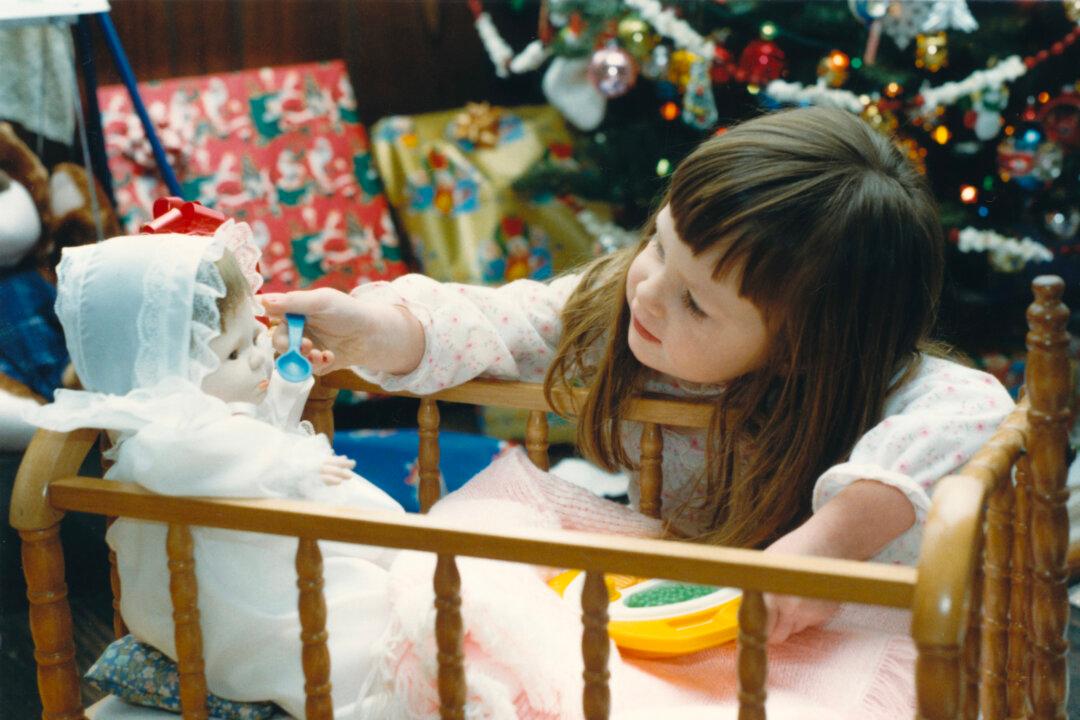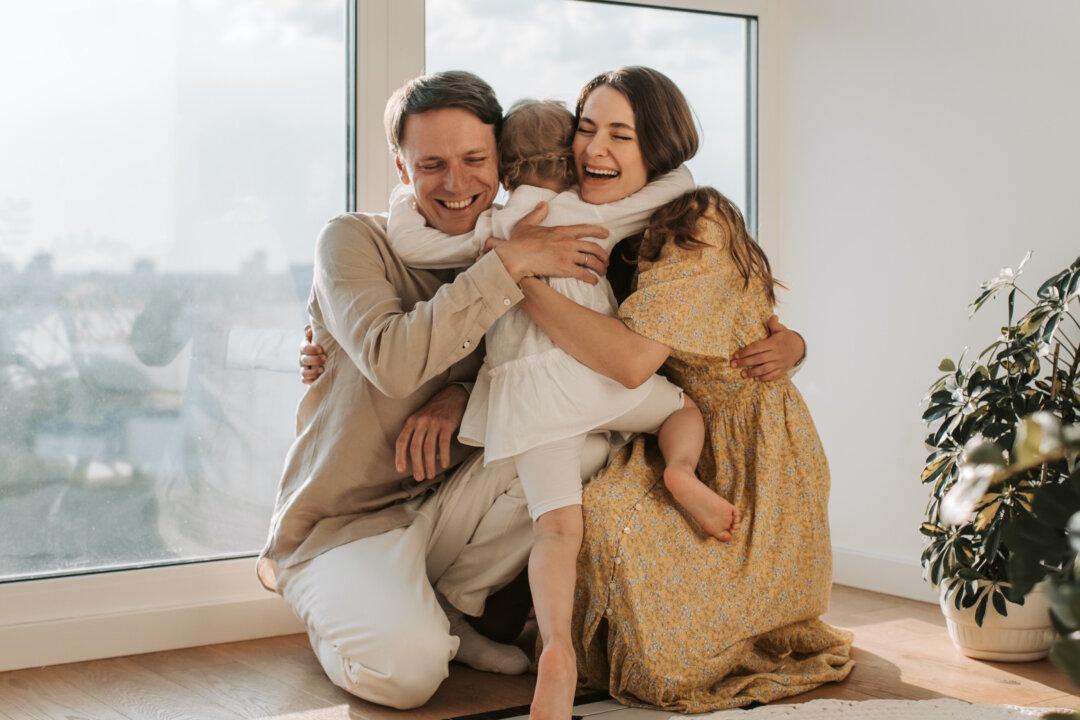I happened down the toy aisle last week and was confronted with a host of hideous, creepy dolls. Fearsome mini fashionistas with pouting lips, bare stomachs, and gigantic eyes stared down at me as I scooted forward, fighting off that feeling you get when you’re in a haunted house.
The line of O.M.G. (Outrageous Millennial Girls) dolls was especially unnerving, one even sporting a bandage on her face along with neon hair, a miniskirt, mismatched thigh-highs, and the label “FIERCE” on the box. Another brand of dolls—with skin of every color of the rainbow including green, pink, and silver metallic (and microphones attached to their heads)—barely looked human.






